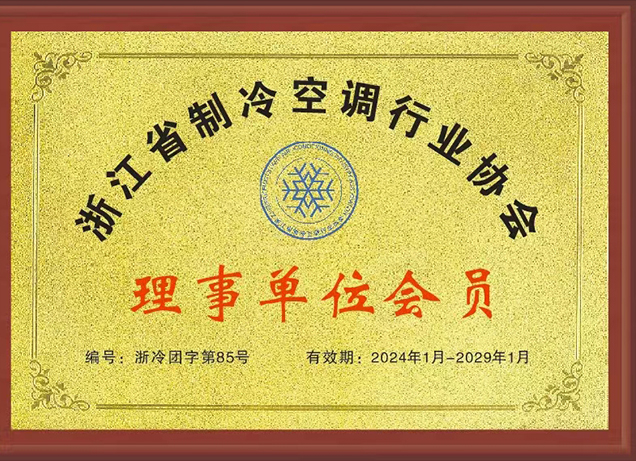After pretreatment of filtering and cooling, the organic waste gas with low concentration enters the rotor for adsorption and concentration. By now we will get purified gas which can be discharged by standard through the chimney. The middle and high-concentration desorbed gas generated by the rotor enters the catalytic combustion after heating recovery and the exhaust gas will be thermally decomposed under the function of catalyst. Catalytic combustion is a typical gas-solid catalytic reaction. Its essence is that active oxygen participates in deep oxidation. In the process of catalytic combustion, the role of catalyst is to reduce the activation energy and to enrich the reactant molecules on the surface to increase the reaction rate. With catalyst, the organic exhaust gas can realize flameless combustion at a low ignition temperature. At the same time, the organic exhaust gas will be oxidatively decomposed into CO2 and H2O and a large amount of heat energy will be released. The reaction process is: CnHm + (n+ m/4)O2 catalyst nCO2h+m/2 H2O+ heat. Catalytic combustion can treat almost all hydrocarbon organic exhaust gas and malodorous gas. For the large air volume exhaust gas with low concentration, multi-component and no value from chemical, coating, insulation material or other industries, the combination of adsorption and concentration catalytic combustion is more effective.
Product Features :
▶ The exhaust gas will be discharged by standard.
▶ Low energy consumption: the equipment start only needs 15 to 30 minutes to warm up to the starting temperature, Only the duct blower power consumes energy, low concentration automatically compensated.
▶ Safe and reliable: the equipment is equipped with flame arresting and dust removal system, explosion-proof pressure relief system, over-temperature alarm system and advanced automatic control system.
▶ Low resistance, high purification rate: use advanced honeycomb ceramic carrier catalyst which impregnated by precious metal palladium, platinum. Large specific surface area.
▶ Exhaust heat can be reused: the exhaust heat can be returned to the drying channel to reduce the power consumed in the original drying channel; it can also be used as a heat source for other aspects.
▶ Small footprint: only 70%~80% of the size of similar products in the same industry, and no special requirements for equipment foundation.
Application industries:
Large air volume and low concentration of relatively simple components and catalyst-free and non-economic waste gas treatment, mainly including lithium production, paint production, plastic injection molding, spraying, printing and other industries.
|
m3/h |
g/m3 |
Operating power |



 English
English 简体中文
简体中文


























 View All
View All
